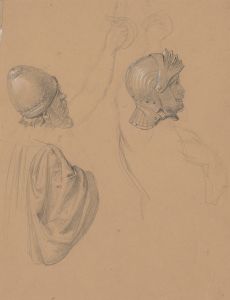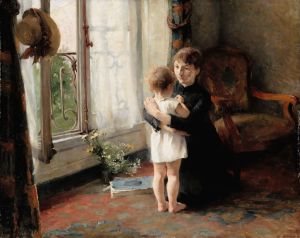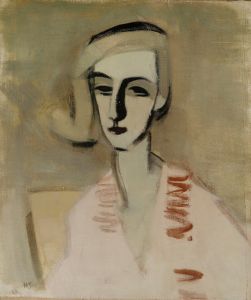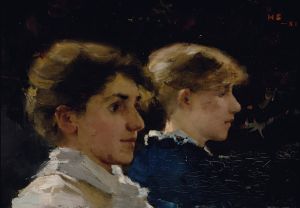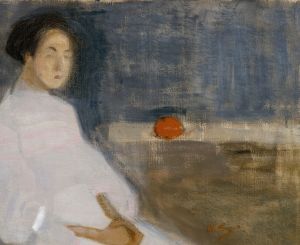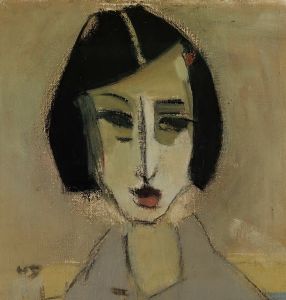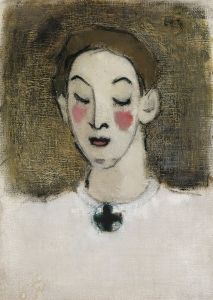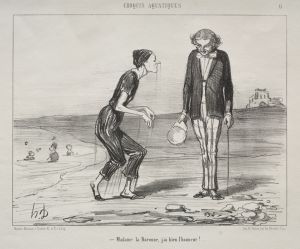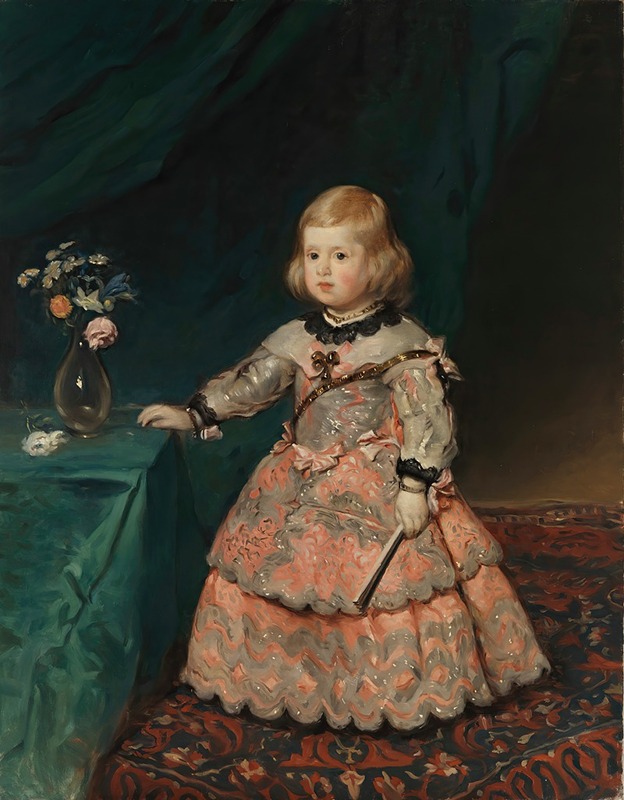
Infanta Maria Teresia, copy after Velázquez
A hand-painted replica of Helene Schjerfbeck’s masterpiece Infanta Maria Teresia, copy after Velázquez, meticulously crafted by professional artists to capture the true essence of the original. Each piece is created with museum-quality canvas and rare mineral pigments, carefully painted by experienced artists with delicate brushstrokes and rich, layered colors to perfectly recreate the texture of the original artwork. Unlike machine-printed reproductions, this hand-painted version brings the painting to life, infused with the artist’s emotions and skill in every stroke. Whether for personal collection or home decoration, it instantly elevates the artistic atmosphere of any space.
Helene Schjerfbeck, a renowned Finnish painter, created a notable work titled "Infanta Maria Teresia, copy after Velázquez." This painting is a reproduction of the original portrait by the Spanish master Diego Velázquez, who was one of the most significant artists of the Spanish Golden Age. Velázquez's original work depicted Infanta Maria Teresa of Spain, the daughter of King Philip IV of Spain and Elisabeth of France. The Infanta was a prominent figure in European history, particularly known for her marriage to King Louis XIV of France, which played a crucial role in the political alliances of the time.
Helene Schjerfbeck, born in 1862, was a pivotal figure in Finnish art, known for her modernist approach and her ability to convey deep emotion and character through her portraits. Her career spanned several decades, during which she developed a unique style that combined elements of realism and abstraction. Schjerfbeck was particularly interested in exploring themes of identity and the passage of time, often revisiting and reinterpreting classic works of art.
The painting "Infanta Maria Teresia, copy after Velázquez" is a testament to Schjerfbeck's admiration for Velázquez and her ability to reinterpret his work through her own artistic lens. While the original Velázquez portrait captures the regal and poised demeanor of the young Infanta, Schjerfbeck's version may reflect her distinctive style, characterized by a more subdued palette and a focus on the psychological depth of her subjects. Schjerfbeck's reinterpretation of Velázquez's work demonstrates her skill in capturing the essence of the original while infusing it with her personal artistic vision.
Schjerfbeck's choice to copy Velázquez's portrait of Infanta Maria Teresa can be seen as part of a broader tradition among artists to study and replicate the works of past masters. This practice allows artists to engage with the techniques and compositions of their predecessors, providing a foundation for their own creative explorations. By copying Velázquez, Schjerfbeck not only paid homage to the Spanish master but also engaged in a dialogue with the past, exploring how historical art could be reimagined in a contemporary context.
Throughout her career, Schjerfbeck was known for her ability to distill complex emotions and narratives into her paintings, often using a minimalist approach that emphasized the essential features of her subjects. Her work has been celebrated for its introspective quality and its ability to convey a sense of timelessness. In "Infanta Maria Teresia, copy after Velázquez," Schjerfbeck's interpretation likely reflects these qualities, offering viewers a glimpse into both the historical figure of the Infanta and the artist's own creative process.
Helene Schjerfbeck's contributions to art have been widely recognized, and her works continue to be studied and appreciated for their innovative approach and emotional depth. Her reinterpretation of Velázquez's portrait of Infanta Maria Teresa stands as a significant example of her ability to bridge the past and present, creating art that resonates with audiences across different eras.






